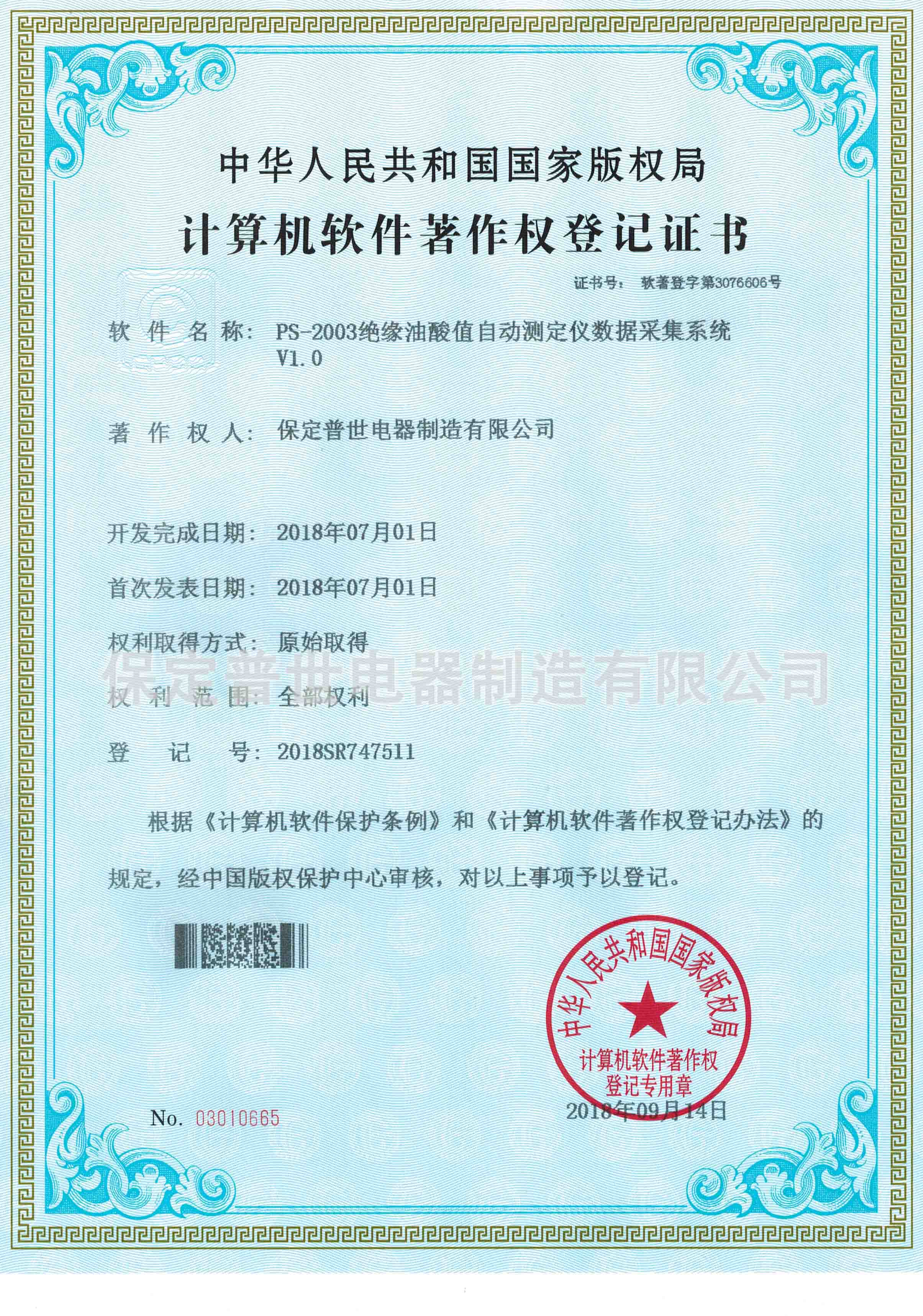 English
English



-
 Afrikaans
Afrikaans -
 Albanian
Albanian -
 Amharic
Amharic -
 Arabic
Arabic -
 Armenian
Armenian -
 Azerbaijani
Azerbaijani -
 Basque
Basque -
 Belarusian
Belarusian -
 Bengali
Bengali -
 Bosnian
Bosnian -
 Bulgarian
Bulgarian -
 Catalan
Catalan -
 Cebuano
Cebuano -
 China
China -
 China (Taiwan)
China (Taiwan) -
 Corsican
Corsican -
 Croatian
Croatian -
 Czech
Czech -
 Danish
Danish -
 Dutch
Dutch -
 English
English -
 Esperanto
Esperanto -
 Estonian
Estonian -
 Finnish
Finnish -
 French
French -
 Frisian
Frisian -
 Galician
Galician -
 Georgian
Georgian -
 German
German -
 Greek
Greek -
 Gujarati
Gujarati -
 Haitian Creole
Haitian Creole -
 hausa
hausa -
 hawaiian
hawaiian -
 Hebrew
Hebrew -
 Hindi
Hindi -
 Miao
Miao -
 Hungarian
Hungarian -
 Icelandic
Icelandic -
 igbo
igbo -
 Indonesian
Indonesian -
 irish
irish -
 Italian
Italian -
 Japanese
Japanese -
 Javanese
Javanese -
 Kannada
Kannada -
 kazakh
kazakh -
 Khmer
Khmer -
 Rwandese
Rwandese -
 Korean
Korean -
 Kurdish
Kurdish -
 Kyrgyz
Kyrgyz -
 Lao
Lao -
 Latin
Latin -
 Latvian
Latvian -
 Lithuanian
Lithuanian -
 Luxembourgish
Luxembourgish -
 Macedonian
Macedonian -
 Malgashi
Malgashi -
 Malay
Malay -
 Malayalam
Malayalam -
 Maltese
Maltese -
 Maori
Maori -
 Marathi
Marathi -
 Mongolian
Mongolian -
 Myanmar
Myanmar -
 Nepali
Nepali -
 Norwegian
Norwegian -
 Norwegian
Norwegian -
 Occitan
Occitan -
 Pashto
Pashto -
 Persian
Persian -
 Polish
Polish -
 Portuguese
Portuguese -
 Punjabi
Punjabi -
 Romanian
Romanian -
 Russian
Russian -
 Samoan
Samoan -
 Scottish Gaelic
Scottish Gaelic -
 Serbian
Serbian -
 Sesotho
Sesotho -
 Shona
Shona -
 Sindhi
Sindhi -
 Sinhala
Sinhala -
 Slovak
Slovak -
 Slovenian
Slovenian -
 Somali
Somali -
 Spanish
Spanish -
 Sundanese
Sundanese -
 Swahili
Swahili -
 Swedish
Swedish -
 Tagalog
Tagalog -
 Tajik
Tajik -
 Tamil
Tamil -
 Tatar
Tatar -
 Telugu
Telugu -
 Thai
Thai -
 Turkish
Turkish -
 Turkmen
Turkmen -
 Ukrainian
Ukrainian -
 Urdu
Urdu -
 Uighur
Uighur -
 Uzbek
Uzbek -
 Vietnamese
Vietnamese -
 Welsh
Welsh -
 Bantu
Bantu -
 Yiddish
Yiddish -
 Yoruba
Yoruba -
 Zulu
Zulu
tap changer connection in transformer
Understanding Tap Changer Connections in Transformers
Transformers are essential components in electrical power systems, allowing for the efficient transfer of electrical energy between circuits at different voltage levels. One critical feature of many transformers is the tap changer, a mechanism that enables the adjustment of the transformer’s turn ratio. The tap changer connection plays a vital role in maintaining voltage levels and improving the overall efficiency of power distribution systems.
What is a Tap Changer?
A tap changer is an electrical device that allows the transformation of voltage levels by changing the number of turns in the secondary winding of a transformer. This adjustment is crucial when there are variations in load demand or fluctuations in the input voltage. By changing the tap connection, operators can switch to a different winding, changing the effective turns ratio of the transformer while the system remains online.
There are primarily two types of tap changers on-load tap changers (OLTC) and off-load tap changers. On-load tap changers allow for adjustments to be made while the transformer is energized, which is particularly useful for maintaining voltage stability in dynamic load conditions. In contrast, off-load tap changers require the transformer to be de-energized to change the tap position, making them less flexible in responding to changing electrical demands.
Types of Tap Changer Connections
Tap changers can be connected in various configurations based on the design and application of the transformer. The most common tap changer connections include
1. Series Connections In this setup, the tap changer is connected in series with the transformer winding. This configuration allows for a direct adjustment of the voltage by altering the transformer’s effective turns ratio. It is widely used in transformers where precise voltage control is required.
2. Parallel Connections Here, the tap changer is connected in parallel to the transformer winding. This is less common and typically used in specialized applications where the transformer needs to maintain a particular impedance or to facilitate redundancy in power systems.
tap changer connection in transformer

3. Dual-Winding Transformers Some transformers might have dual windings with separate tap changers for each winding. This configuration enables more precise voltage control across different voltage levels, providing enhanced stability in complex power distribution networks.
Importance of Tap Changer Connections
The effective connection and operation of tap changers are crucial for several reasons
- Voltage Regulation The primary role of a tap changer is to regulate voltage levels within an acceptable range. Maintaining voltage stability is essential for protecting equipment, enhancing performance, and ensuring reliability in power systems.
- Load Management Tap changers help in managing varying loads by adjusting the transformer output voltage accordingly. This is particularly important in systems with fluctuating demand, where consistent voltage levels must be maintained to prevent outages or equipment damage.
- Efficiency Improvement By optimizing the transformer’s turns ratio through tap connections, systems can operate more efficiently, reducing losses associated with voltage drops and heating. This contributes to overall energy savings and improved system performance.
Conclusion
In conclusion, tap changers are integral to the functioning of transformers, providing necessary voltage regulation and load management. The choice of tap changer connection has significant implications for a transformer's operational capabilities and efficiency. As power systems continue to evolve, the importance of effective tap changer connections will only increase, ensuring reliability and stability in electrical power distribution. Understanding these connections not only aids engineers and technicians in the design and maintenance of transformers but also supports the broader goals of energy efficiency and sustainability in modern power systems.
-
Exploring the Main Types of Industrial Endoscopes and Their Applications Across IndustriesNewsJul.04,2025
-
Testing Equipment Industry Sees Major Advancements in 2025: Smart & Precision Technologies Lead the WayNewsJun.06,2025
-
Applications of Direct Current Generators in Renewable Energy SystemsNewsJun.05,2025
-
Hipot Tester Calibration and Accuracy GuidelinesNewsJun.05,2025
-
Digital Circuit Breaker Analyzer Features and BenefitsNewsJun.05,2025
-
Benefits of Real-Time Power Quality Monitoring Devices for Industrial EfficiencyNewsJun.05,2025



